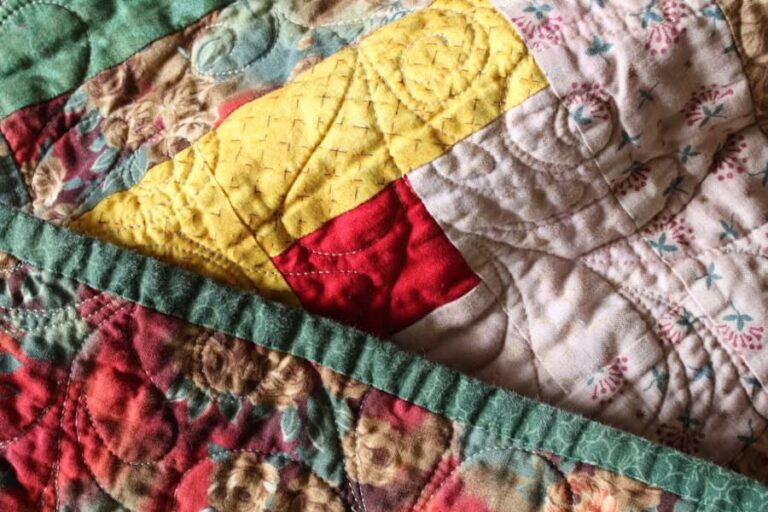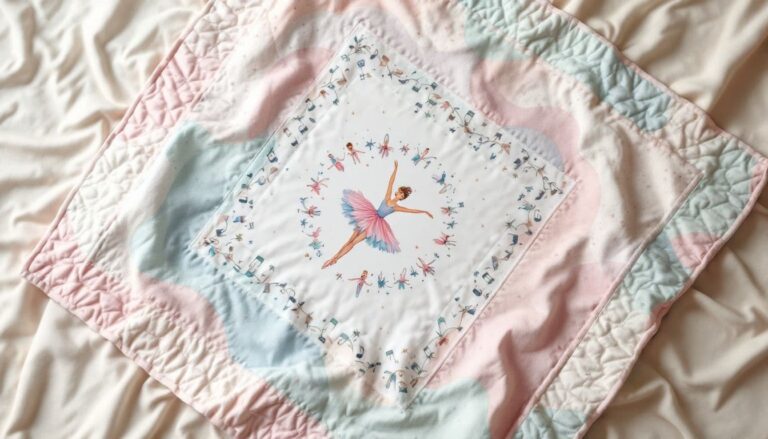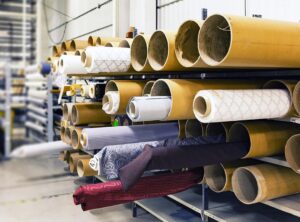As the world becomes more environmentally conscious, many crafters are looking for ways to make their hobbies more sustainable. Quilting, a craft that has long embraced the use of scraps and old fabrics, is a great place to start. By creating patchwork quilts from recycled or upcycled materials, you can reduce waste while producing beautiful, one-of-a-kind pieces. In this guide, we’ll explore how to make eco-friendly patchwork quilts from recycled fabrics and share some creative tips, including how to incorporate unique elements like a crochet dandelion for added texture and charm.
1. Choosing Recycled Fabrics
The first step to creating an eco-friendly patchwork quilt is selecting your recycled fabrics. Fortunately, there are many sources for sustainable materials that can give your quilt both character and a reduced environmental impact.
Sources for recycled fabrics:
- Old Clothing: Repurposing old clothes is one of the easiest and most personal ways to gather fabric. Worn-out shirts, dresses, or jeans can be cut into quilt squares, giving a second life to items that might otherwise be discarded.
- Thrift Stores: Local thrift stores are treasure troves for finding secondhand fabrics, sheets, and clothing that you can use for your patchwork. Look for materials like cotton, linen, or denim, which are durable and easy to sew.
- Bedding and Curtains: Old bed linens and curtains are another excellent source of large, usable fabric. They often come in unique patterns and colors, perfect for patchwork.
- Fabric Scraps: If you’re already a quilter or sewist, you likely have a collection of fabric scraps from previous projects. These small pieces can be sewn together to create a quilt with a variety of textures and patterns.
Tip for beginners: Before cutting, always wash and press your recycled fabrics. This ensures the materials are clean and free of dust or dirt, making them easier to work with.
2. Designing Your Quilt
When working with recycled fabrics, part of the fun is embracing the unexpected. You may not have perfectly matched materials, but that’s what makes each quilt unique. The key to a cohesive design lies in balancing the colors and patterns of your fabrics.
Design tips:
- Color coordination: Choose a base color palette and sort your recycled fabrics by color families. You can then alternate between bold patterns and solid colors to create balance in your quilt.
- Mix and match textures: Combining fabrics with different textures, such as smooth cotton, soft flannel, and sturdy denim, adds depth and visual interest to your patchwork.
- Simple patterns: For beginners, choosing a simple patchwork design like squares, strips, or half-square triangles makes it easier to work with a variety of fabric types and sizes. More complex patterns may require more precision, which can be challenging with irregular recycled fabrics.
3. Sewing Your Eco-Friendly Quilt
Once you have gathered and prepared your recycled fabrics, it’s time to start sewing. Keep in mind that working with different types of fabrics may require some adjustments to your sewing technique.
Sewing tips:
- Needles and thread: When working with thicker fabrics like denim or canvas, make sure to use a heavier-duty needle. For lighter fabrics, a standard sewing needle should work fine. Choose high-quality thread that can withstand the wear and tear of heavier materials.
- Seam allowance: Use a consistent seam allowance (usually ¼ inch) to ensure all your blocks fit together evenly. If you’re working with a variety of fabric weights, press your seams flat to reduce bulk.
- Backing and batting: For an eco-friendly quilt, consider using organic cotton or recycled batting. You can also repurpose old blankets or sheets as the backing for your quilt to reduce waste.
4. Adding Creative Details
Incorporating creative embellishments into your quilt can make it even more special and personal. Adding a crochet dandelion to your patchwork quilt, for example, is a fun way to add texture and an extra handmade touch. Crocheted elements can be stitched onto the quilt’s surface, creating a 3D effect that stands out against the flat fabric blocks.
How to add crochet details:
- Choose a simple crochet pattern, such as a crochet dandelion, to embellish your quilt. Once completed, sew the crochet piece onto one of the quilt blocks, either by hand or with a machine.
- You can also crochet other small designs, such as flowers, leaves, or stars, and attach them to different parts of the quilt to create a whimsical, garden-like feel.
- Consider using recycled yarn to crochet your pieces, further enhancing the eco-friendliness of your project.
5. Finishing Touches
Once your quilt top is complete, it’s time to quilt and bind it. For an eco-friendly finish, try hand quilting, which uses no electricity and creates a charming, handcrafted look. If you prefer to machine quilt, a machine quilt tutorial can help you learn how to quilt efficiently while still focusing on sustainable practices, such as using organic thread or minimizing fabric waste.
Binding options:
- You can make your own binding from leftover scraps of fabric for a truly zero-waste project. Mixing and matching binding fabrics can add a playful edge to your quilt’s finish.
- For a minimalist, sustainable approach, try using organic cotton or even vintage lace as your quilt’s binding.
Creating sustainable patchwork quilts from recycled fabrics is not only eco-friendly but also a great way to produce something unique and meaningful. By repurposing old clothes, linens, and scraps, you can craft quilts that carry personal stories while reducing textile waste. Whether you add personal touches like a crochet dandelion or use fabrics rich in history, each quilt will be a reflection of your creativity and commitment to sustainability.





